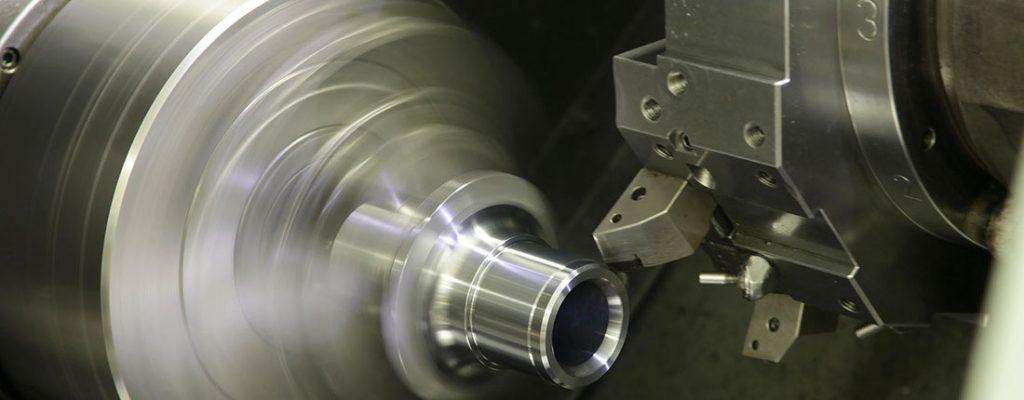Conclusion
The complex world of CNC machining hinges on intricate details, and understanding the nuances of feed rate and cutting speed stands paramount. These factors are not just mere numbers; they influence everything from the durability of the tool to the quality of the finished product.
While formulas can guide us to the ideal feed rates and cutting speeds for given situations, real-world CNC machining is as much an art as it is a science. It requires keen observation, the right knowledge, and timely adjustments to achieve optimal results. Regular checks and balances, coupled with a robust understanding of your CNC machine’s capabilities, can ensure that both feed rate and cutting speed are tailored perfectly to each unique machining task.
For businesses like Worthy Hardware, ensuring we understand and utilize these parameters effectively allows us to promise and deliver high-quality products, from prototypes produced within 3 working days to large batches of precisely machined parts.
FAQ on Feed Rate and Cutting Speed
1. What is feed rate in CNC machining?
Feed rate in CNC machining refers to the speed at which the cutter progresses through the material, usually measured in millimeters per minute (mm/min) or inches per minute (ipm). It dictates how fast the tool moves relative to the workpiece for every revolution of the spindle.
2. How is cutting speed different from feed rate?
While feed rate indicates the speed of the tool’s movement relative to the workpiece, cutting speed (often denoted as surface speed) is the speed at which the cutting edge of the tool moves through the material. It’s usually measured in meters per minute (m/min) or feet per minute (fpm).
3. Can I use the same feed rate and cutting speed for different materials?
No, different materials have unique properties, which necessitates adjustments in both feed rate and cutting speed. For instance, harder materials generally require slower cutting speeds compared to softer ones.
4. How do I calculate the optimum feed rate and cutting speed?
Formulas provide a starting point. The cutting speed is calculated using the tool’s diameter and spindle speed. Feed rate, on the other hand, factors in the feed per tooth, spindle speed, and number of cutting edges or teeth on the tool. However, it’s crucial to adjust these parameters based on real-world observations and the specific CNC machine’s capabilities.
5. What happens if my cutting speed is too high?
Answer: A cutting speed that’s too high can cause overheating, reducing tool life and potentially affecting the surface finish of the workpiece. It may also increase the chances of tool breakage.


